Nephrurus
Very Well-Known Member
I spent a fair bit of time in the northern area of the Kimberley on my last trip (as well as the west) and as the habitat is a little bit different (less rugged) we caught/ observed a different array of critters.
Hope you enjoy the pics, I'll do a little spiel on each species.
The old Dingo is quite common around these parts. Very curious, they'll often follow you at a distance when you're out herping. They are an incredibly important part of the ecosystem, supressing cats (and in areas furthur south like the central deserts, foxes). Faecal analysis has shown that in some areas during the wet season Dingos live on a diet of grasshoppers and cats.
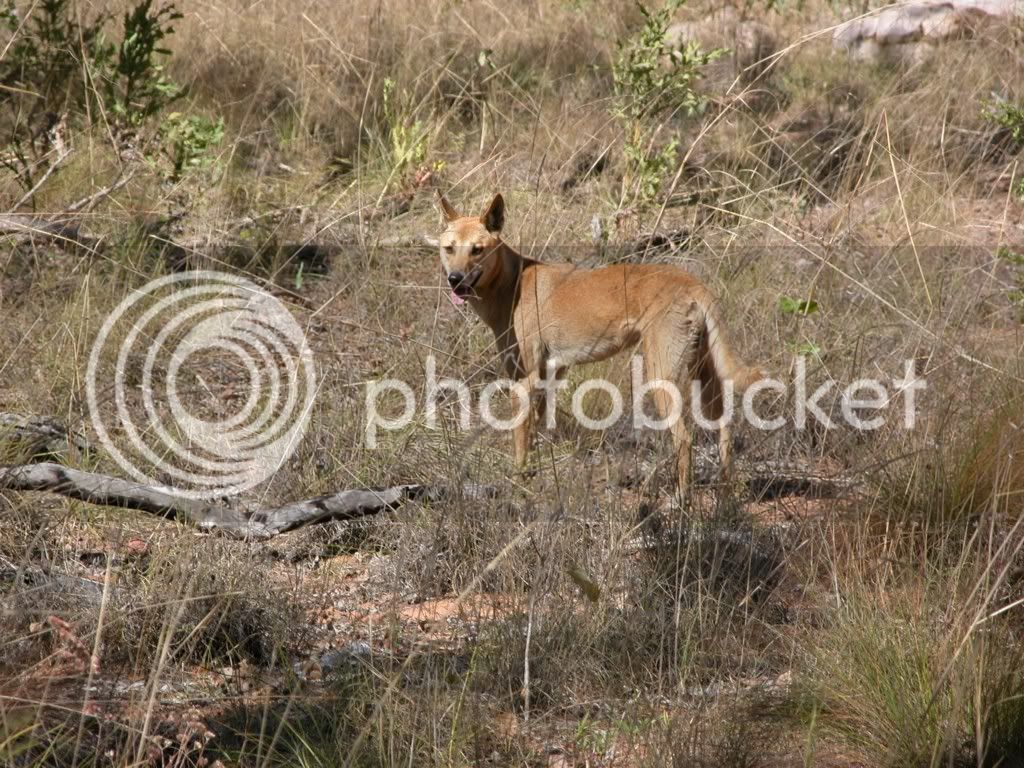
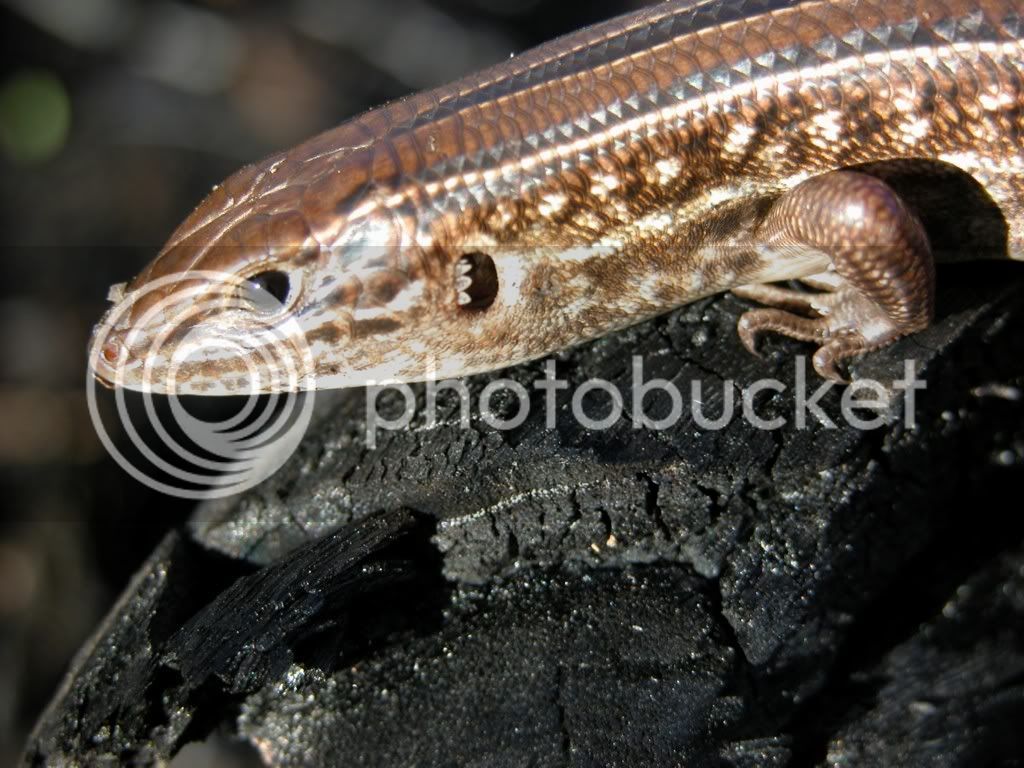
Ctenotus robustus (above and below). A common skink that has a very wide distribution and a habit of being caught in Elliott traps (like this one).
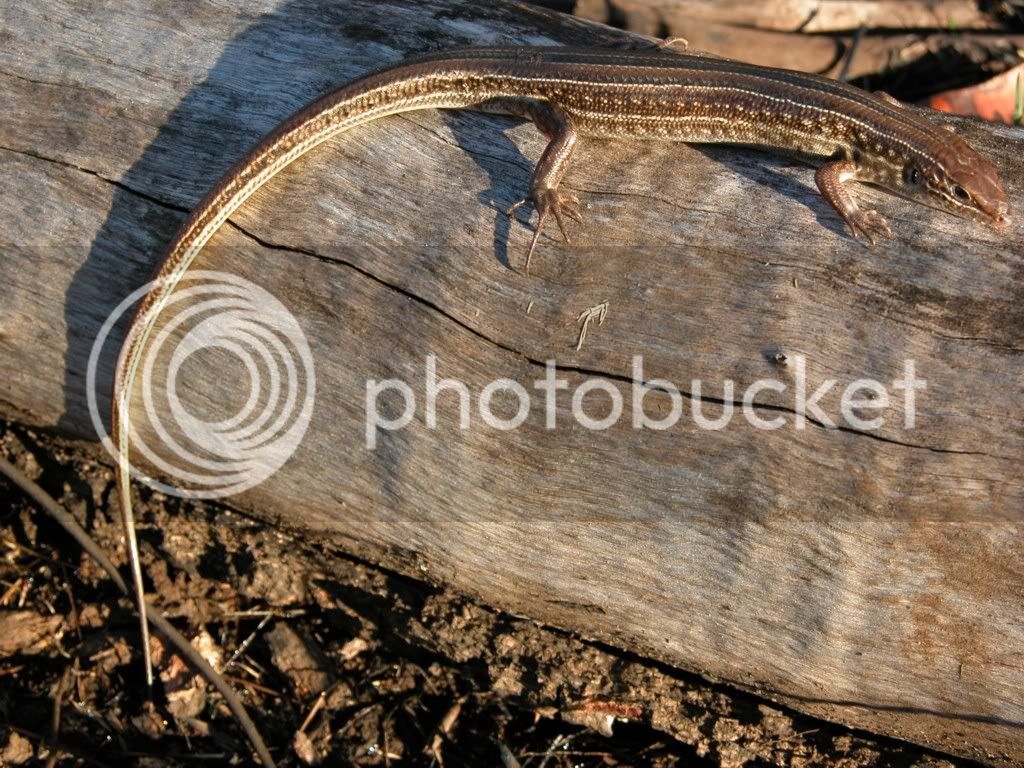
A tiny blind snake Ramphotyphlops howii that was very tricky to ID. It's tiny, so counting mid body scale rows and focussing on head scales is difficult.
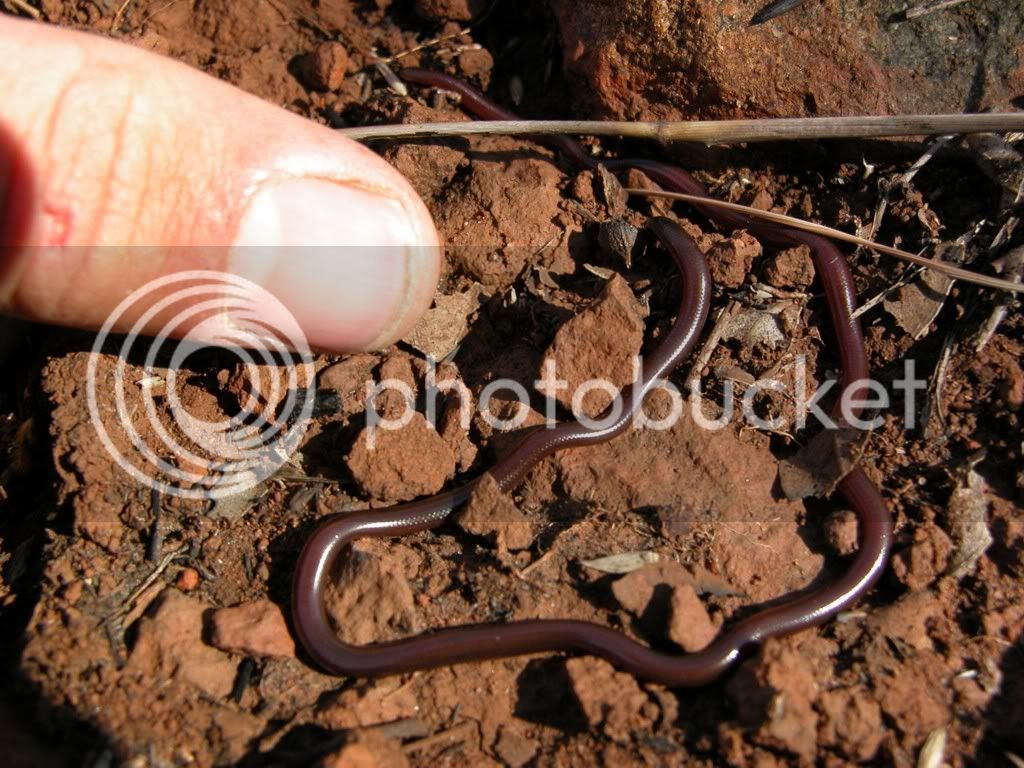
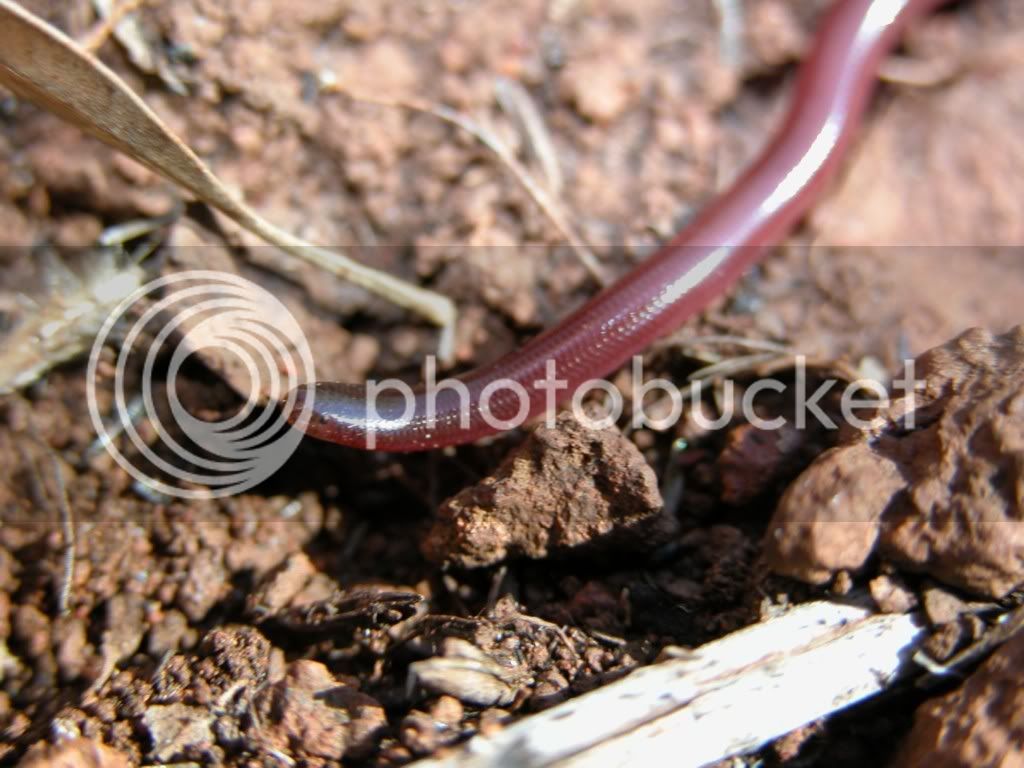
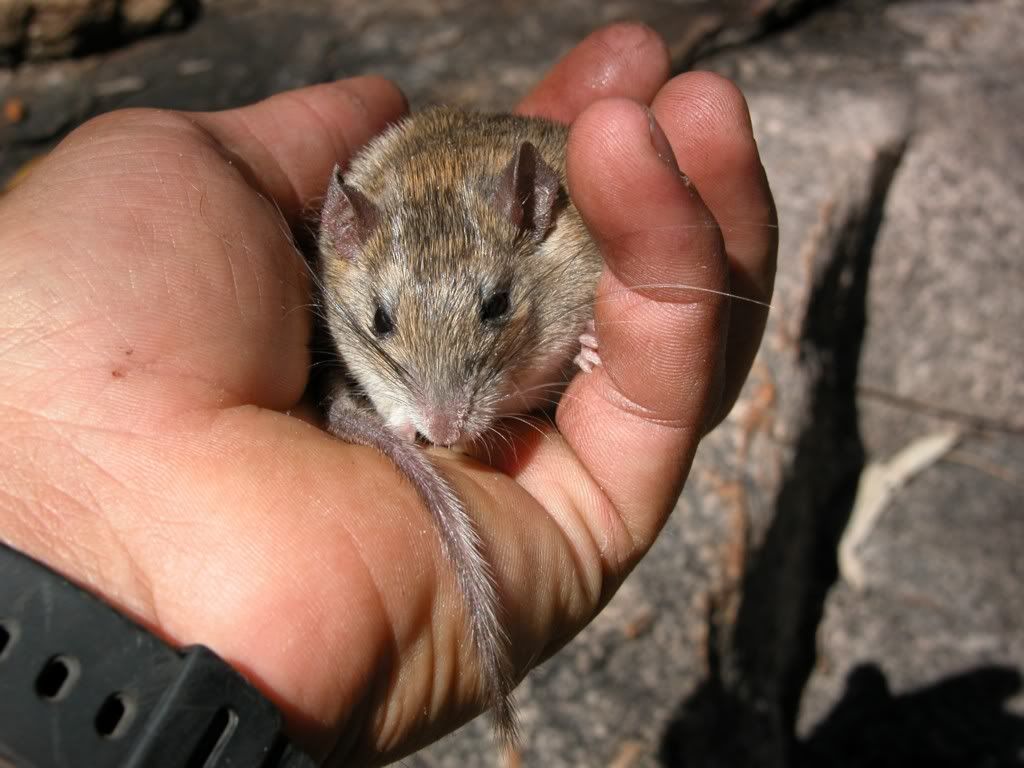
Common rock rats are one of the most commonly caught species in sandstone areas.
Brown Tree Snakes up north get quite big and very spectacular. This one was a beauty. Please excuse the handling shot, but i feel it is worthy of inclusion as it gives a decent indication of the size of this animal.
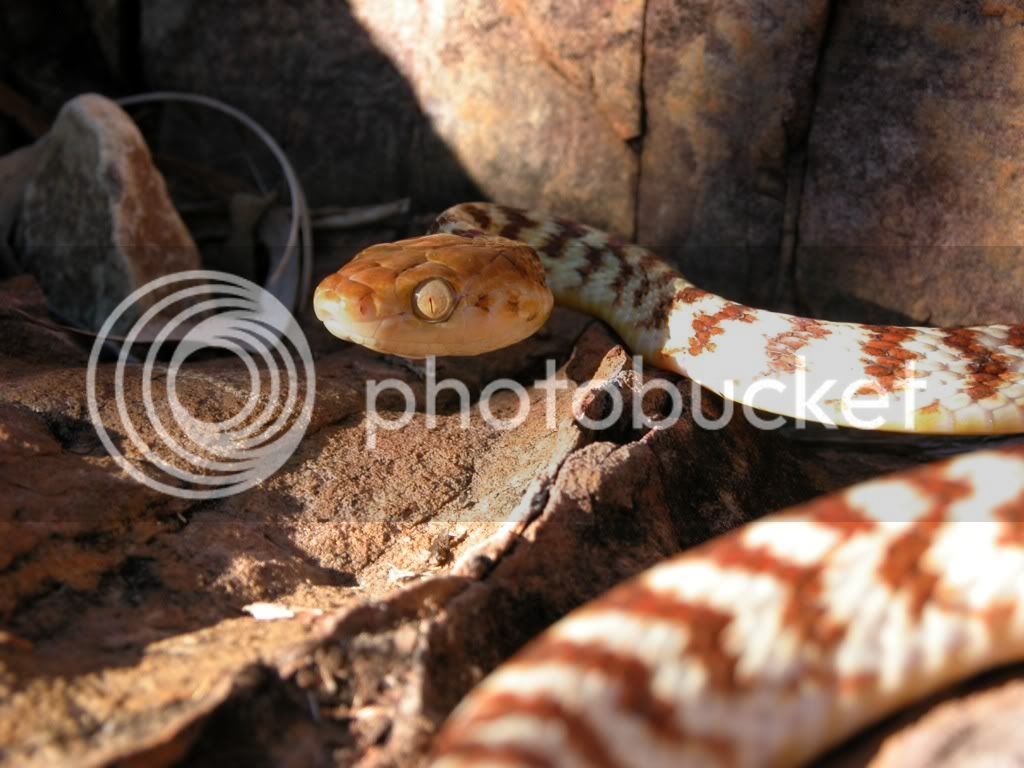
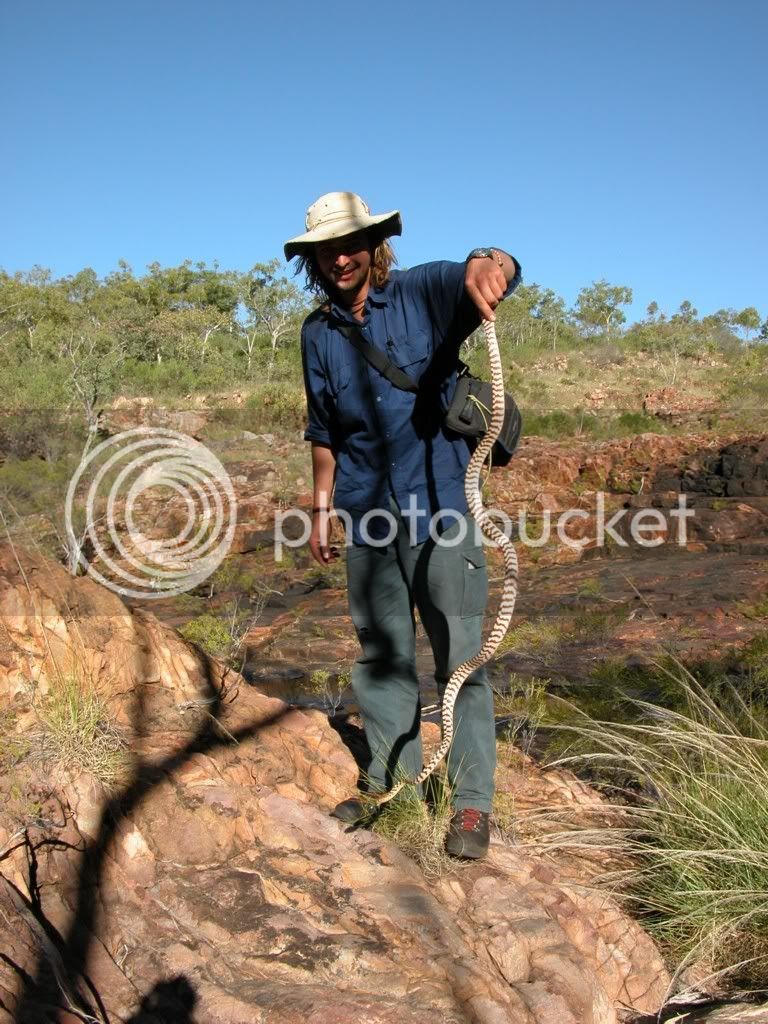
A few turtle species are found up there, this one is reasonably common, Chelodinia rugosa.
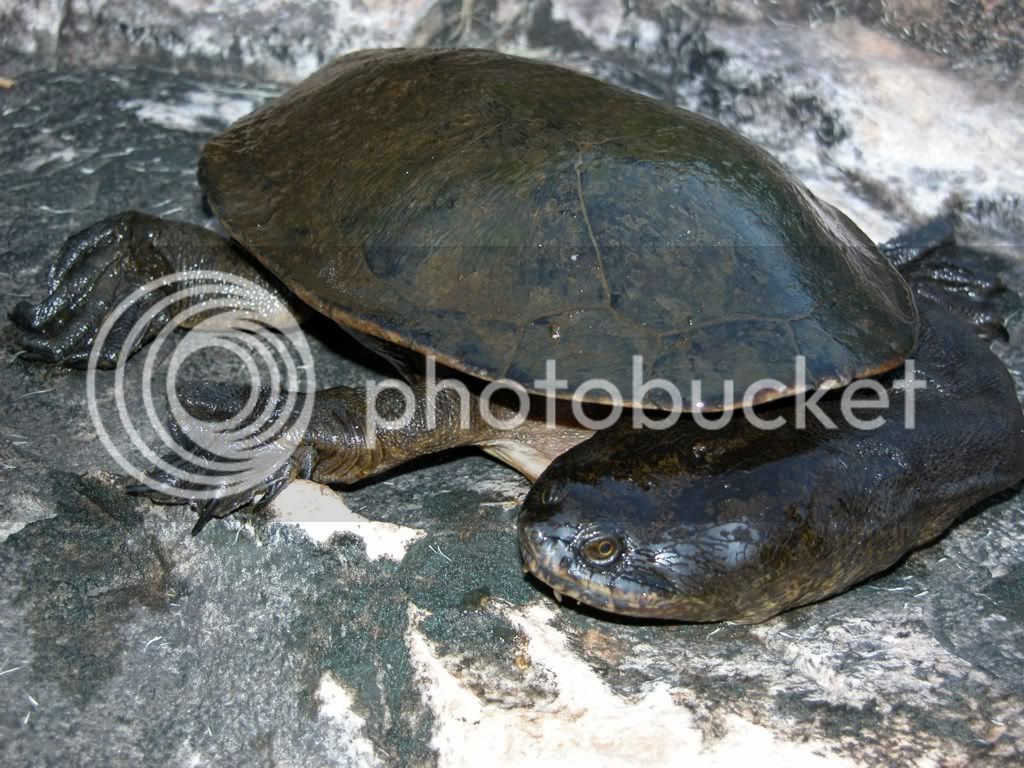
There are many species of bat through the Kimberley. This is one of the smallest, Vespadelus caurinus
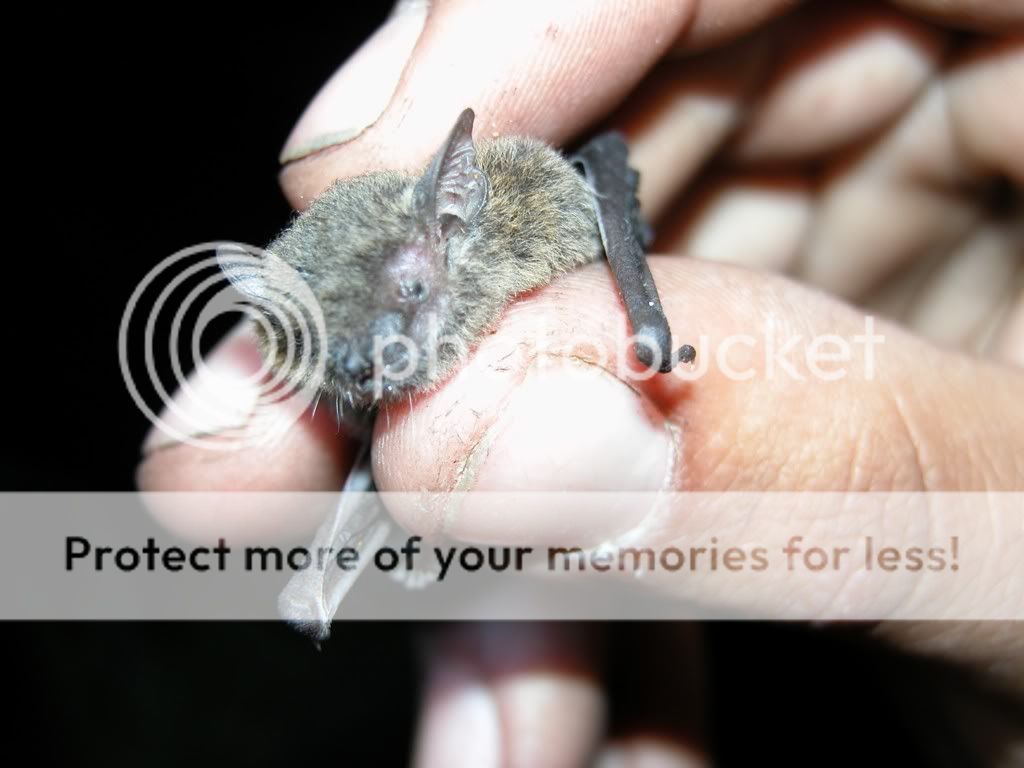
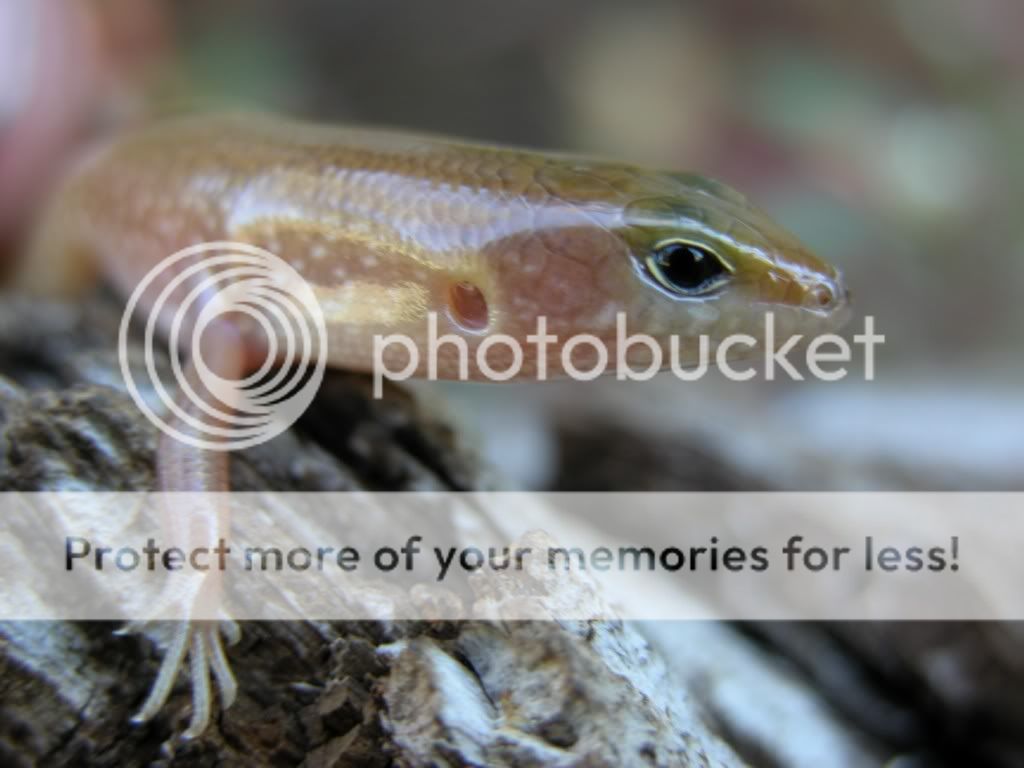
Like a sandswimmer, the Glaphryomorphus isolepis "swims" through dirt.
One of the commonest gecko species under sandstone slabs was Gehyra nana.
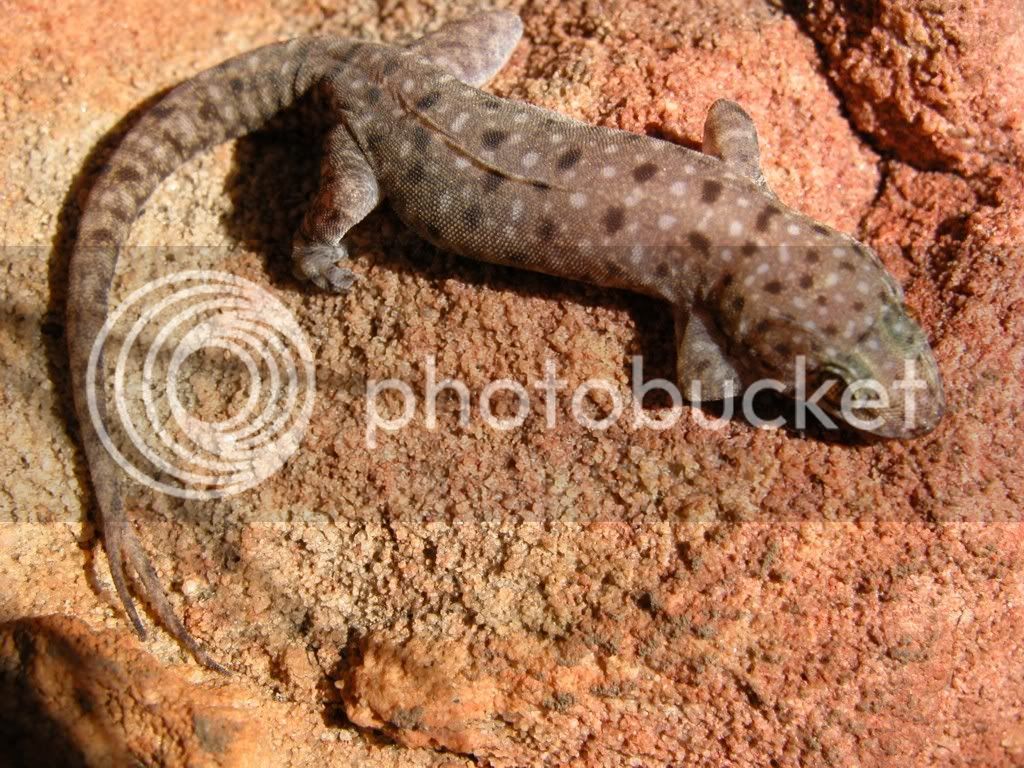
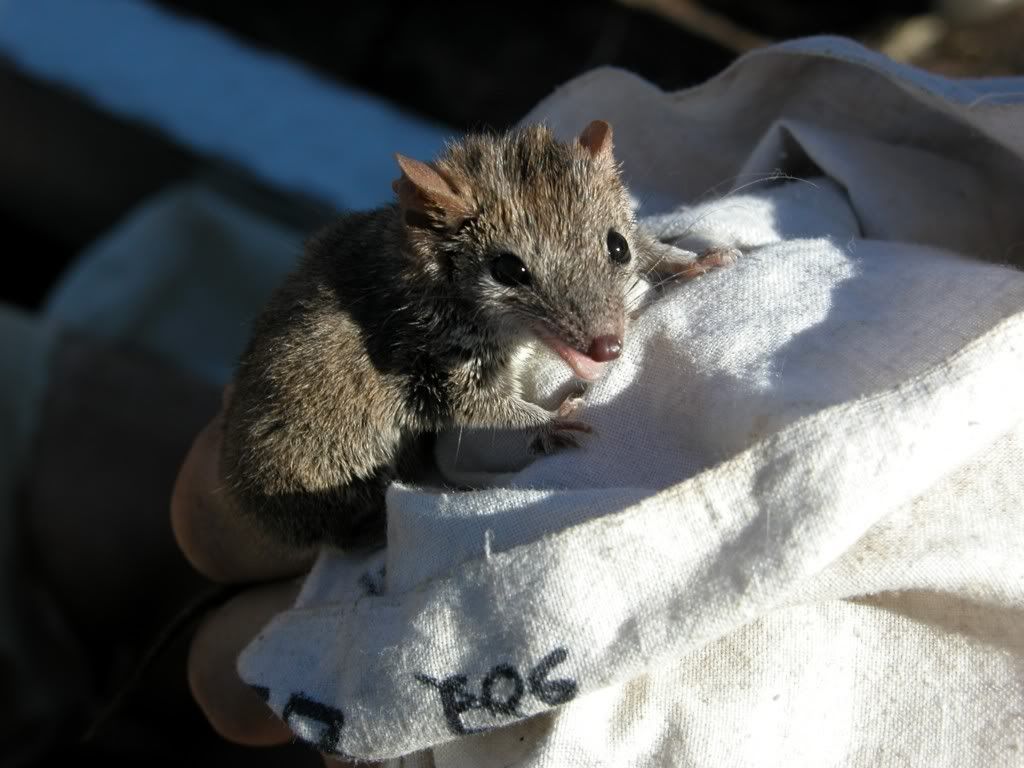
Ningbing Antechinus are one of the most beautiful small mammals found in the region (I'm just saying that, i have a soft spot for Dasyurids.... it's the quick of the nail bed). This particular animal was carrying 4 pouch young.
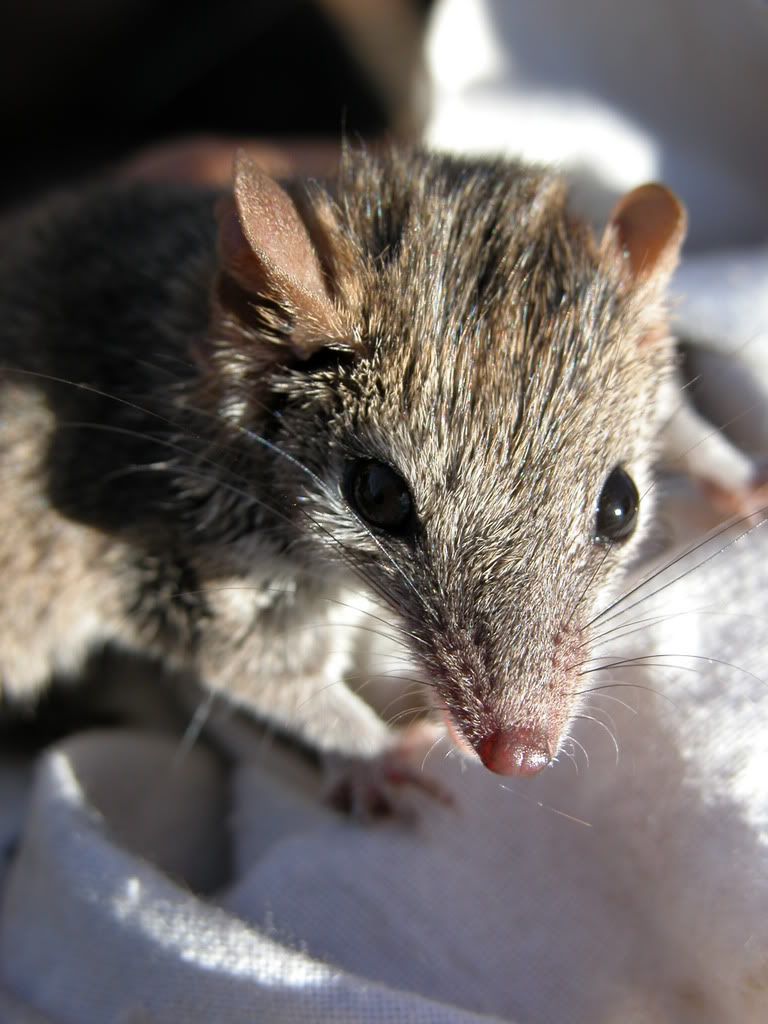
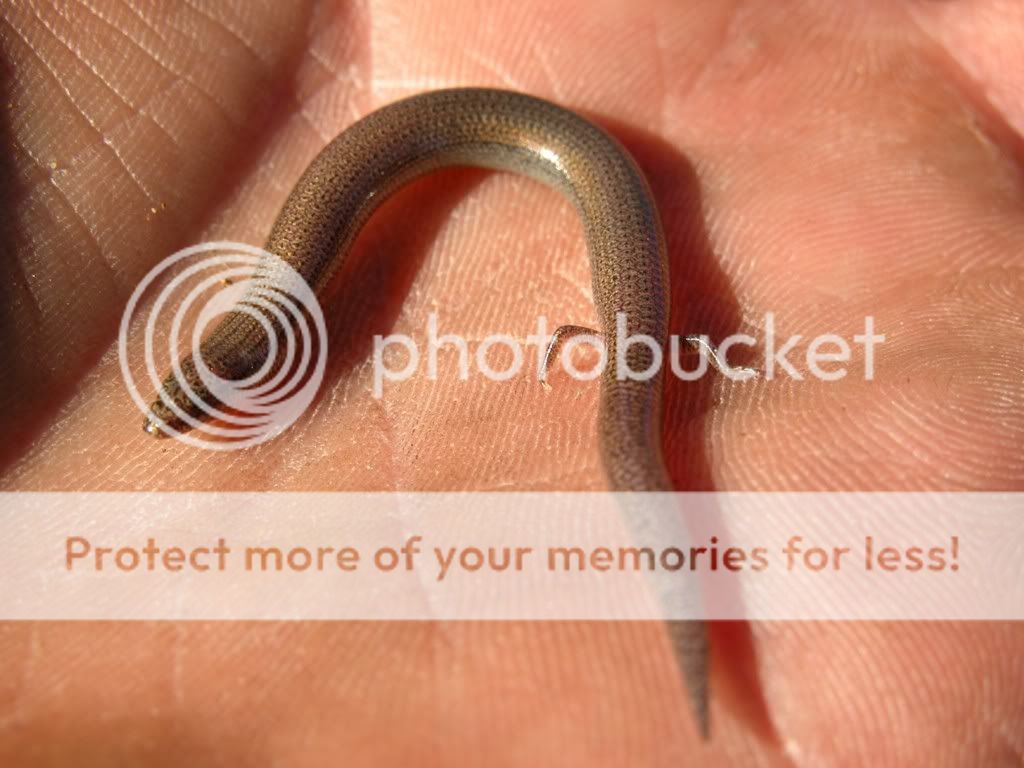
Lerista kalumbaru is a fairly secretive species that is found under rocks surrounded by thick leaf litter.
Proablepharus tenuis is one of the smallest lizards around. They are a pain to pick up as my fingers aren't small enough! Pictured is a full grown adult.
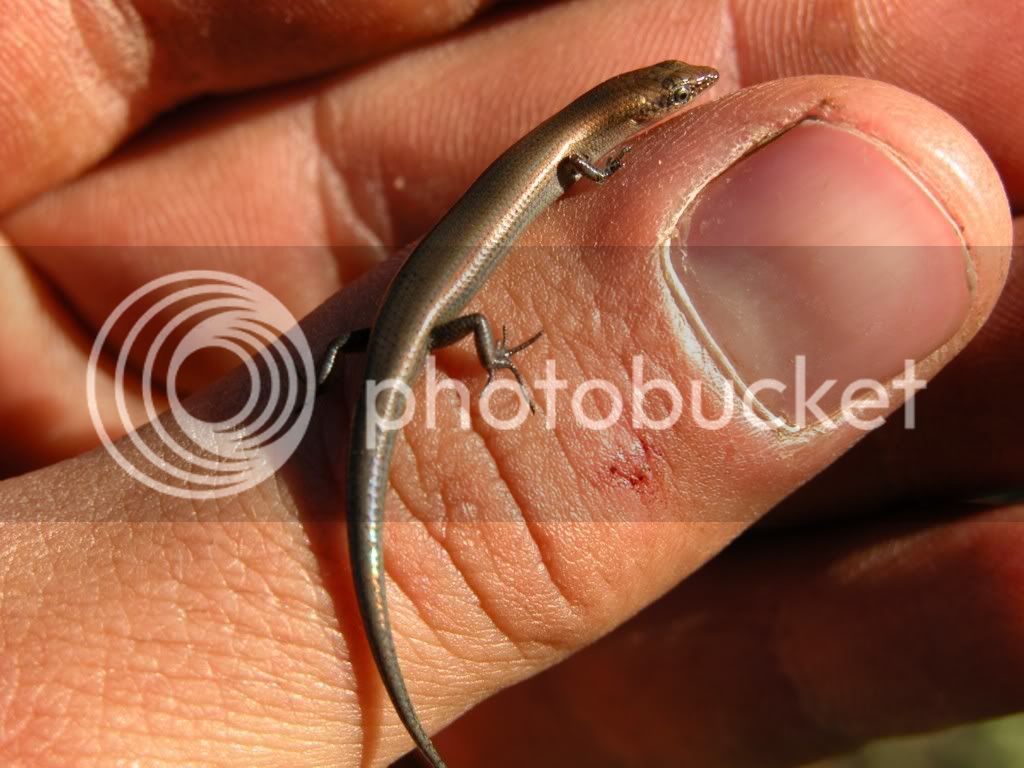
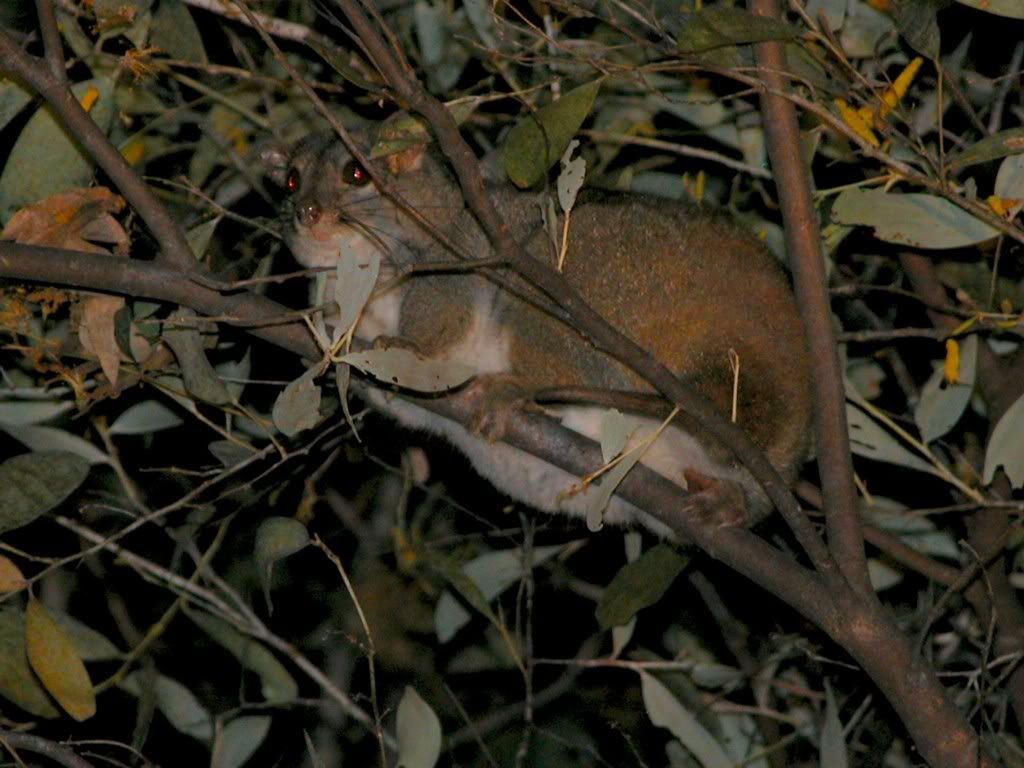
Rock ringtail possums are usually very shy, but seem to be fairly approachable when they have young with them. We saw a total of 3 young on the trip. This animal is a male and was found with it's mate and one young.
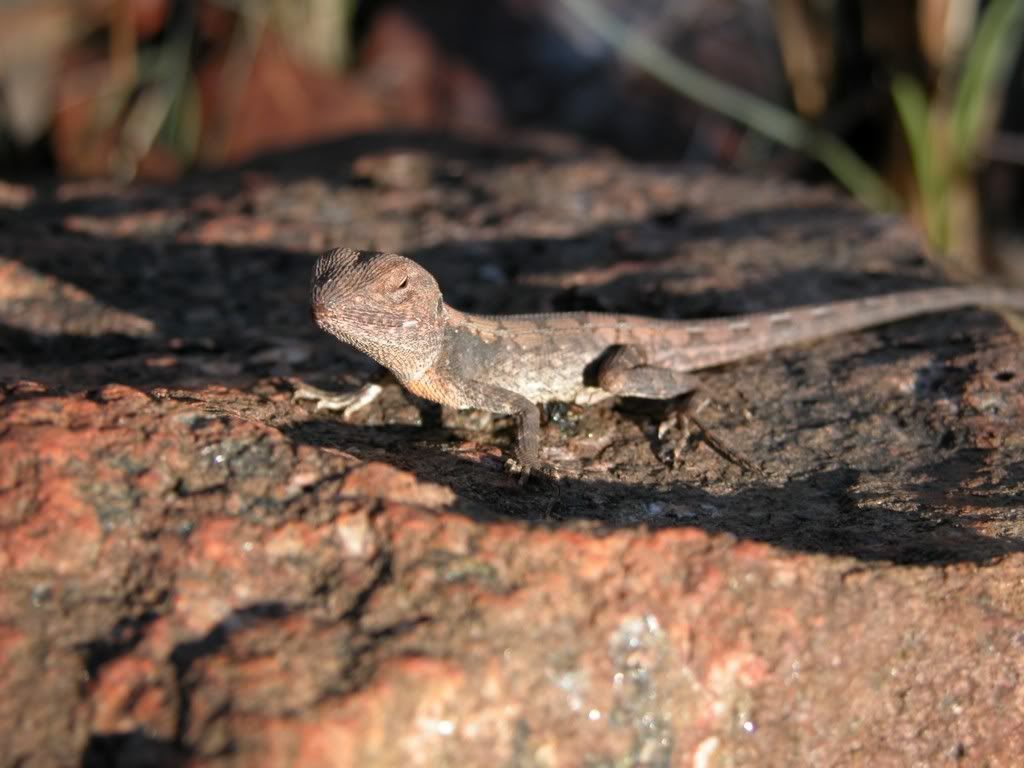

Diporiphora bennetti is fairly common (evident) in freshly burnt areas. They have a short flight distance, so often let you approach quite close.
Long Haired Rats Rattus villosisimus are the main food item for the Water Python at Fogg Dam. It occured to me that although everyone hears alot about them, few people have actually seen one. They get fairly big.
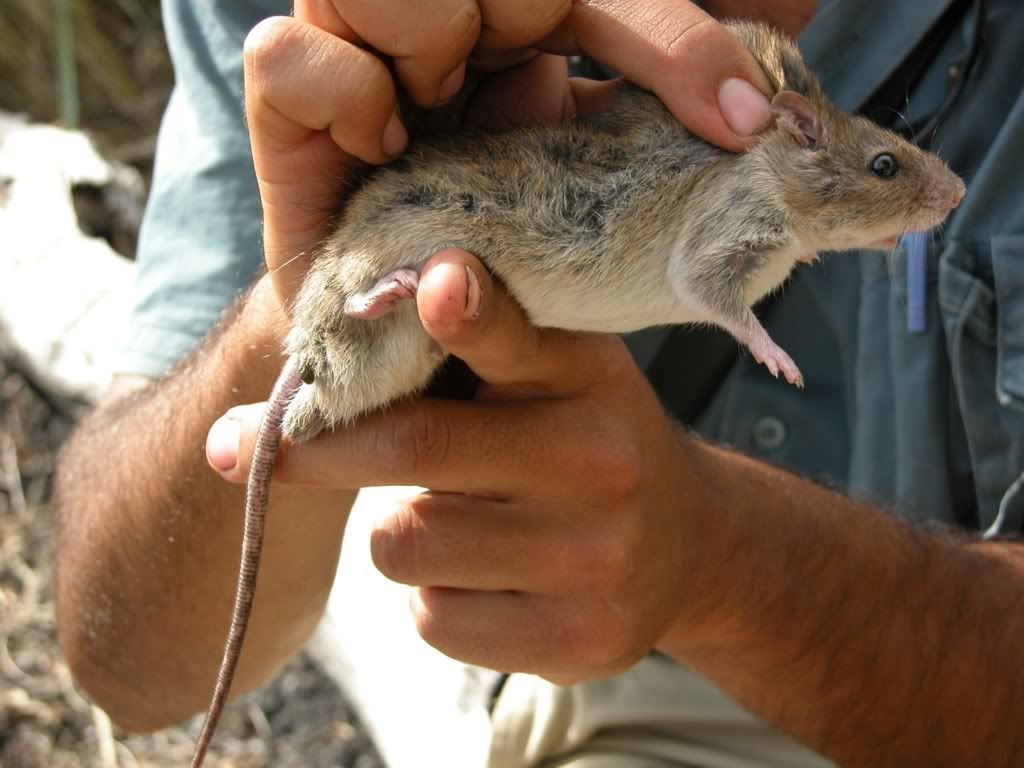
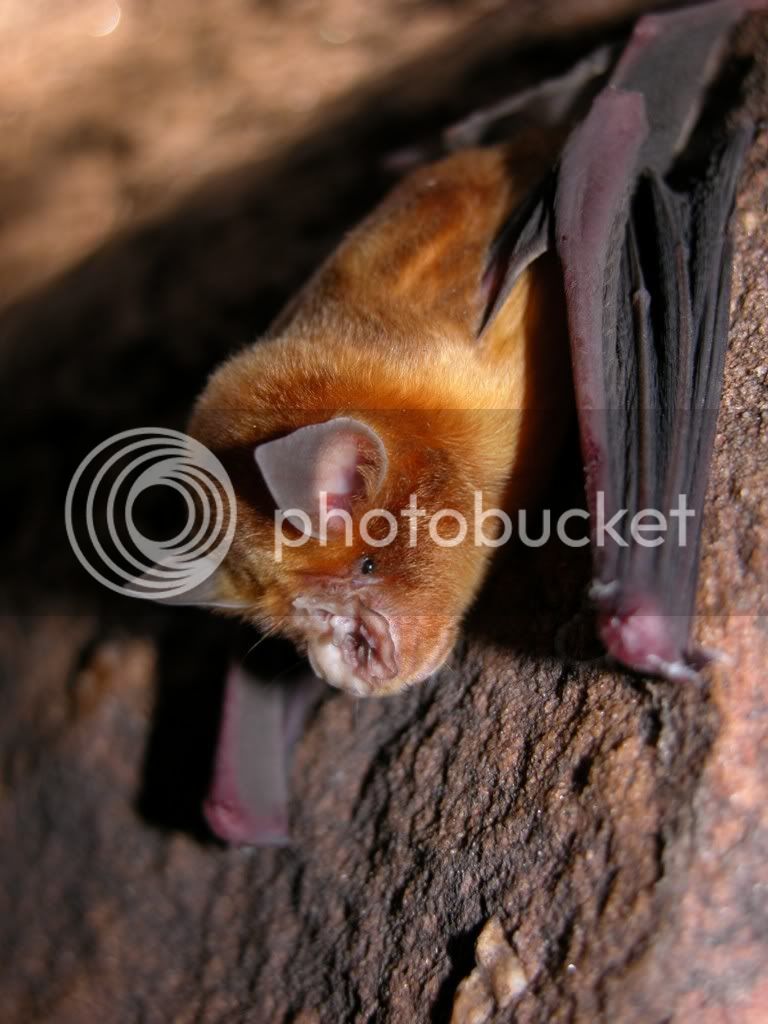
Orange leaf nose bat. Threatened species. Very delicate cave dwellers.
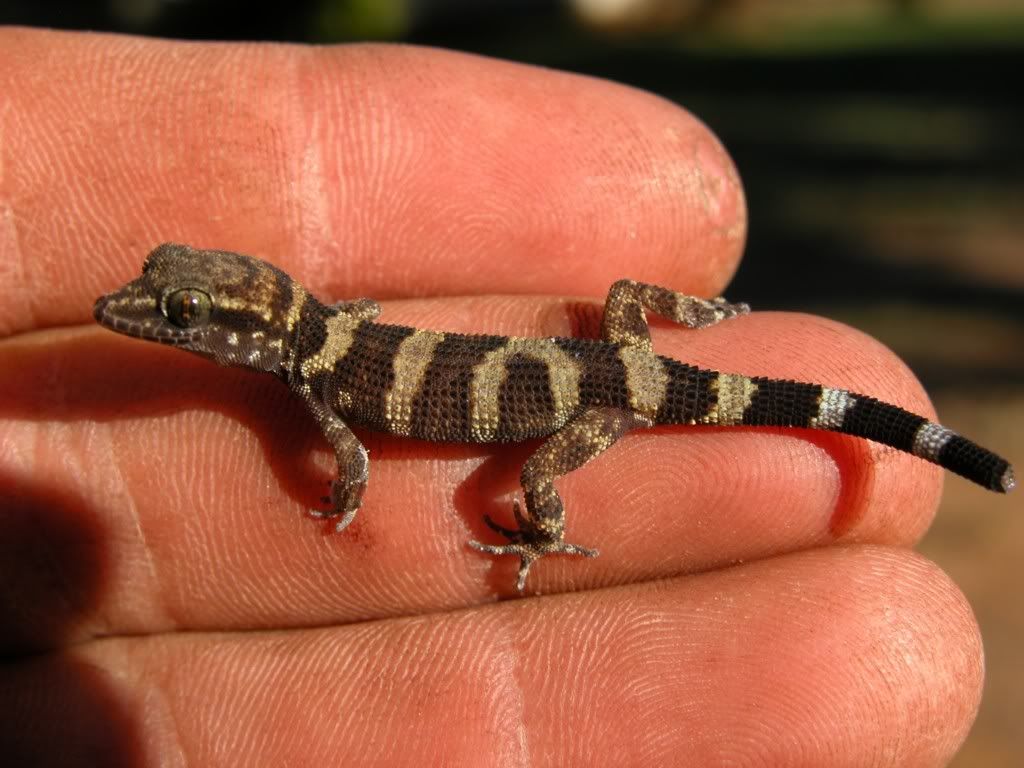
Heteronotia planiceps (above and below) are uncommon under sandstone slabs. They seem to prefer cooler rocks sheltered by trees and leaf litter.
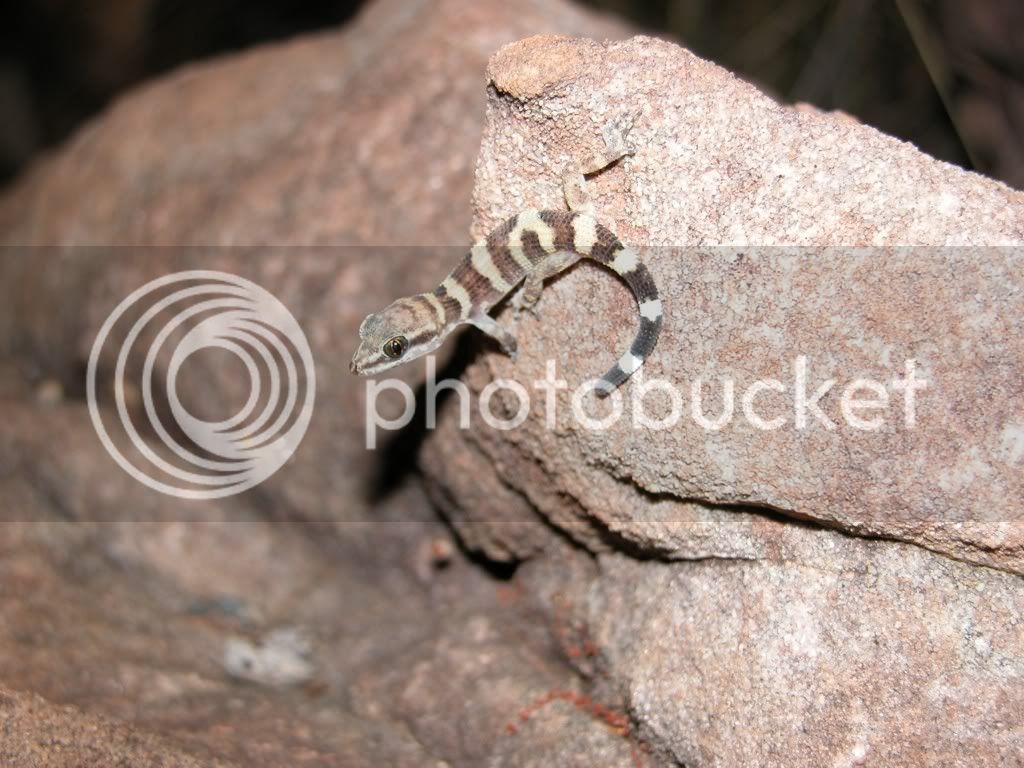
The Orange Naped Snake Furina ornata is a very spectacular elapid that has a very wide distribution. Beautiful patterning over the scales. Skink specialist.
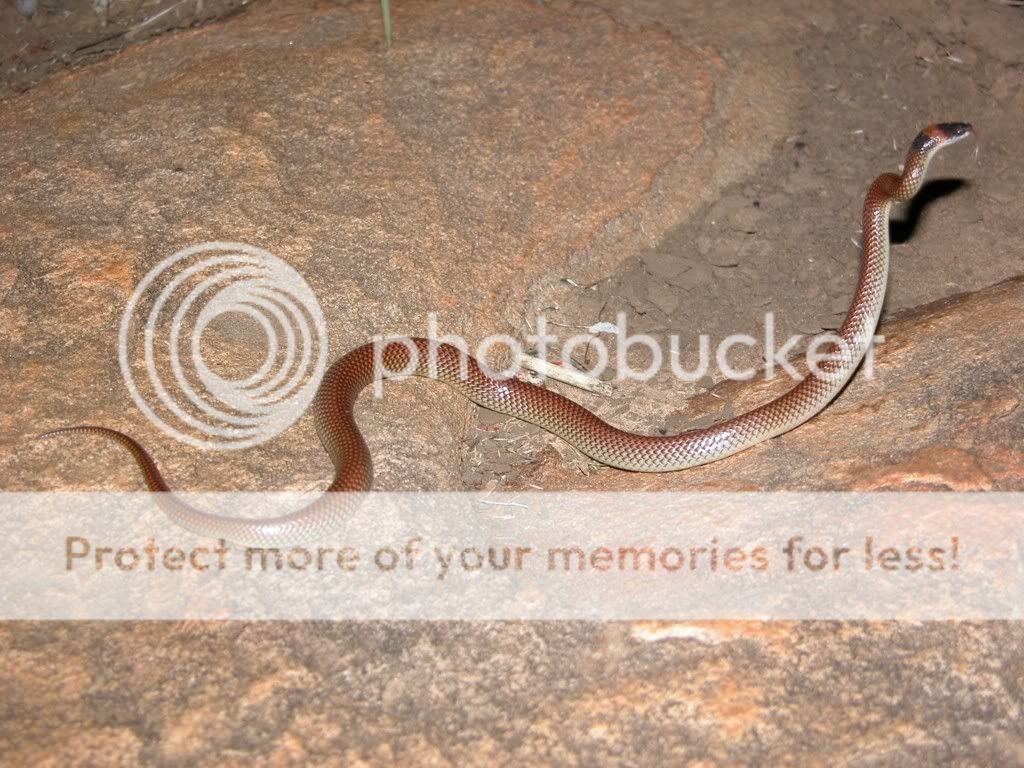
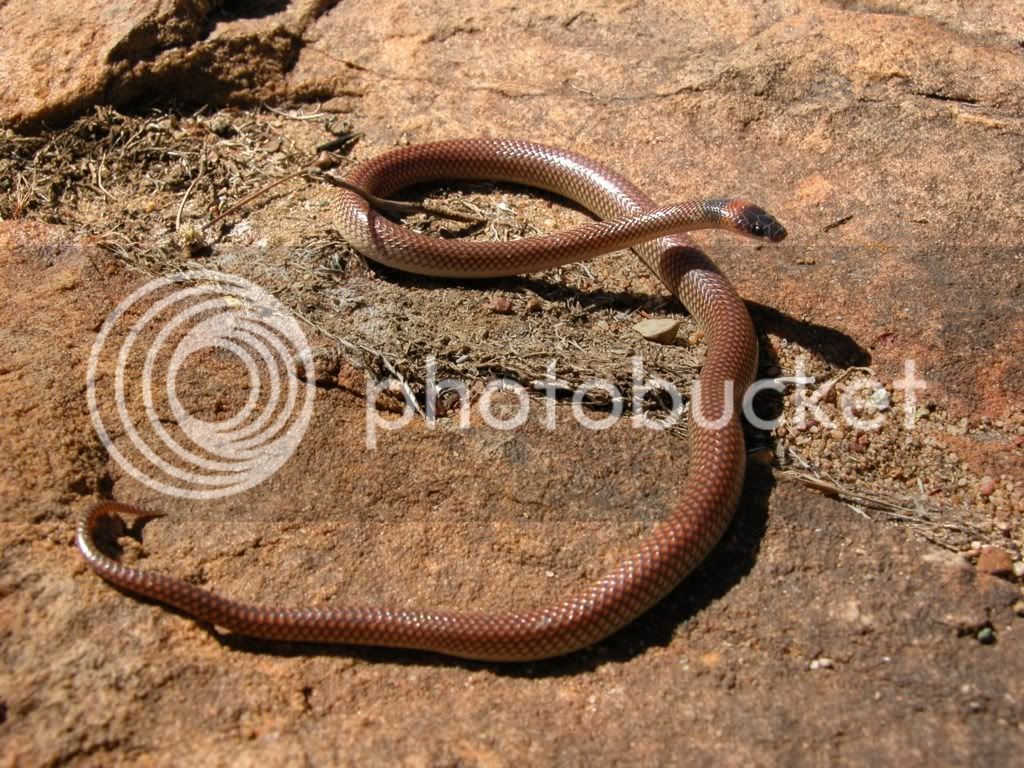
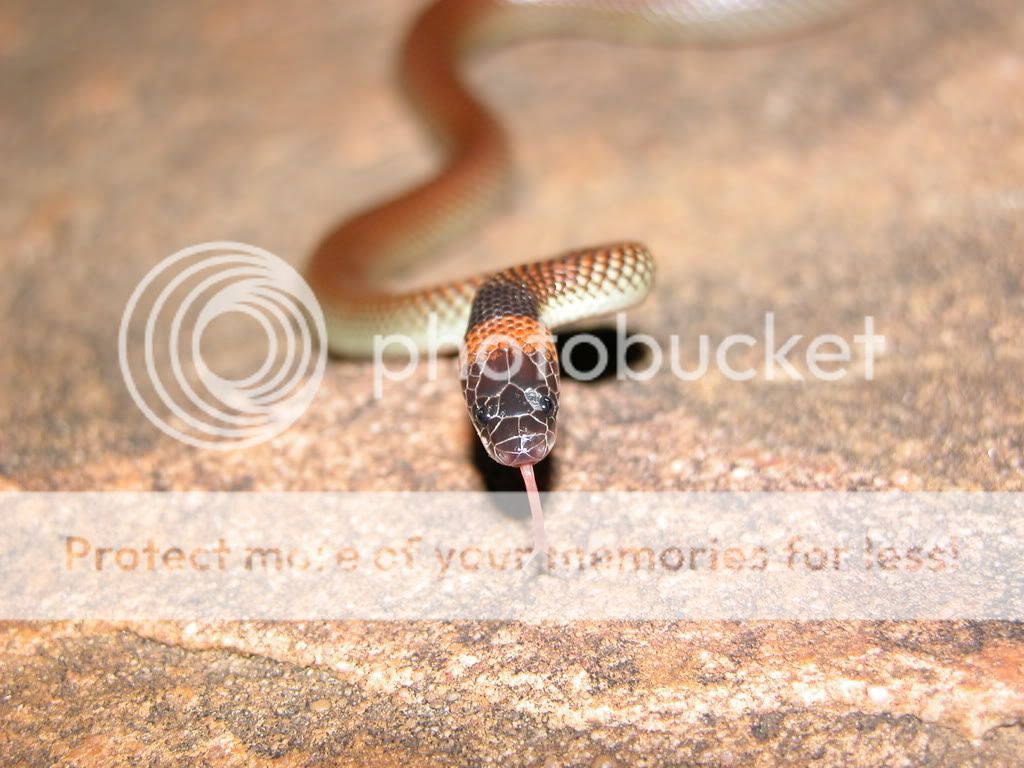
Last but not least, the magnificent kimberley rock monitorVaranus glauertii. Amazingly marked. THis one was just a baby found under a piece of sandstone about 20cm x 10cm.
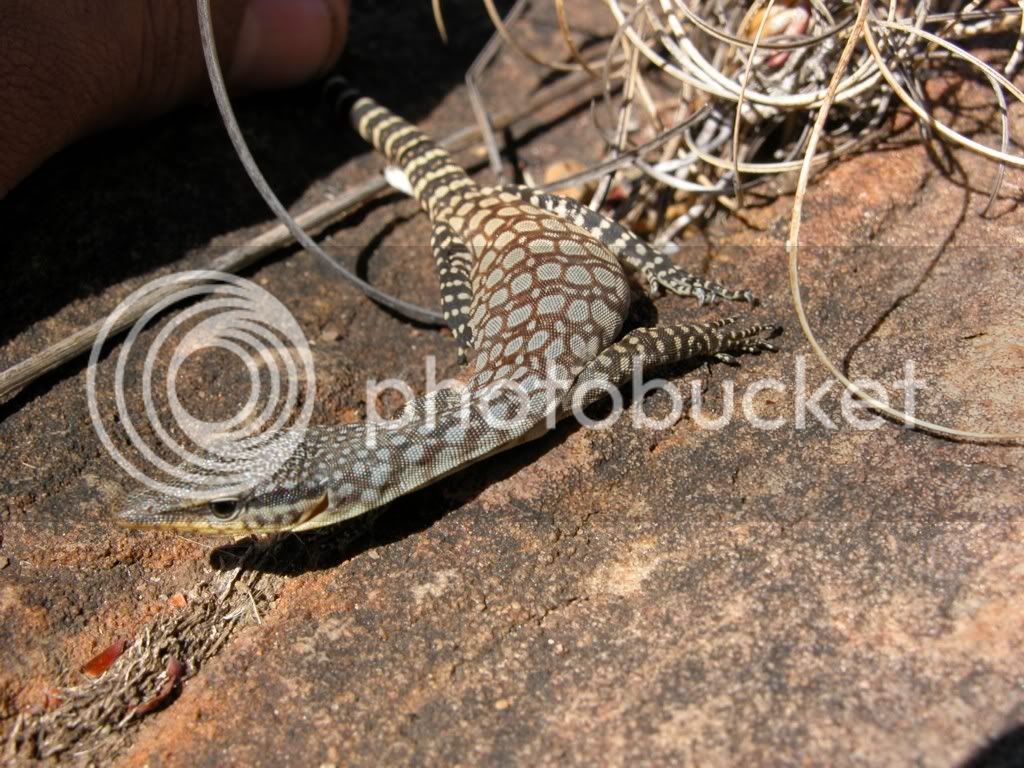
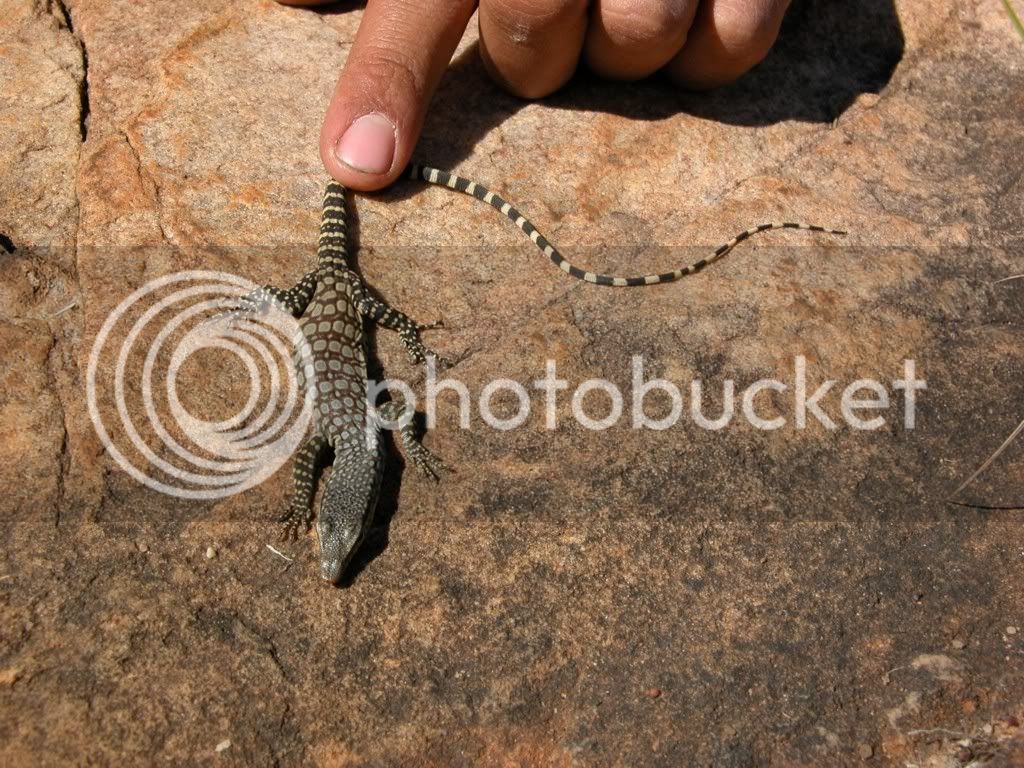
Hope you enjoy the photos.
All photos are property of Henry Cook, and cannot be used without his permission.
All the best,
-Henry Cook
Hope you enjoy the pics, I'll do a little spiel on each species.
The old Dingo is quite common around these parts. Very curious, they'll often follow you at a distance when you're out herping. They are an incredibly important part of the ecosystem, supressing cats (and in areas furthur south like the central deserts, foxes). Faecal analysis has shown that in some areas during the wet season Dingos live on a diet of grasshoppers and cats.


Ctenotus robustus (above and below). A common skink that has a very wide distribution and a habit of being caught in Elliott traps (like this one).

A tiny blind snake Ramphotyphlops howii that was very tricky to ID. It's tiny, so counting mid body scale rows and focussing on head scales is difficult.



Common rock rats are one of the most commonly caught species in sandstone areas.
Brown Tree Snakes up north get quite big and very spectacular. This one was a beauty. Please excuse the handling shot, but i feel it is worthy of inclusion as it gives a decent indication of the size of this animal.


A few turtle species are found up there, this one is reasonably common, Chelodinia rugosa.

There are many species of bat through the Kimberley. This is one of the smallest, Vespadelus caurinus


Like a sandswimmer, the Glaphryomorphus isolepis "swims" through dirt.
One of the commonest gecko species under sandstone slabs was Gehyra nana.


Ningbing Antechinus are one of the most beautiful small mammals found in the region (I'm just saying that, i have a soft spot for Dasyurids.... it's the quick of the nail bed). This particular animal was carrying 4 pouch young.


Lerista kalumbaru is a fairly secretive species that is found under rocks surrounded by thick leaf litter.
Proablepharus tenuis is one of the smallest lizards around. They are a pain to pick up as my fingers aren't small enough! Pictured is a full grown adult.


Rock ringtail possums are usually very shy, but seem to be fairly approachable when they have young with them. We saw a total of 3 young on the trip. This animal is a male and was found with it's mate and one young.


Diporiphora bennetti is fairly common (evident) in freshly burnt areas. They have a short flight distance, so often let you approach quite close.
Long Haired Rats Rattus villosisimus are the main food item for the Water Python at Fogg Dam. It occured to me that although everyone hears alot about them, few people have actually seen one. They get fairly big.


Orange leaf nose bat. Threatened species. Very delicate cave dwellers.

Heteronotia planiceps (above and below) are uncommon under sandstone slabs. They seem to prefer cooler rocks sheltered by trees and leaf litter.

The Orange Naped Snake Furina ornata is a very spectacular elapid that has a very wide distribution. Beautiful patterning over the scales. Skink specialist.



Last but not least, the magnificent kimberley rock monitorVaranus glauertii. Amazingly marked. THis one was just a baby found under a piece of sandstone about 20cm x 10cm.


Hope you enjoy the photos.
All photos are property of Henry Cook, and cannot be used without his permission.
All the best,
-Henry Cook
Last edited:



